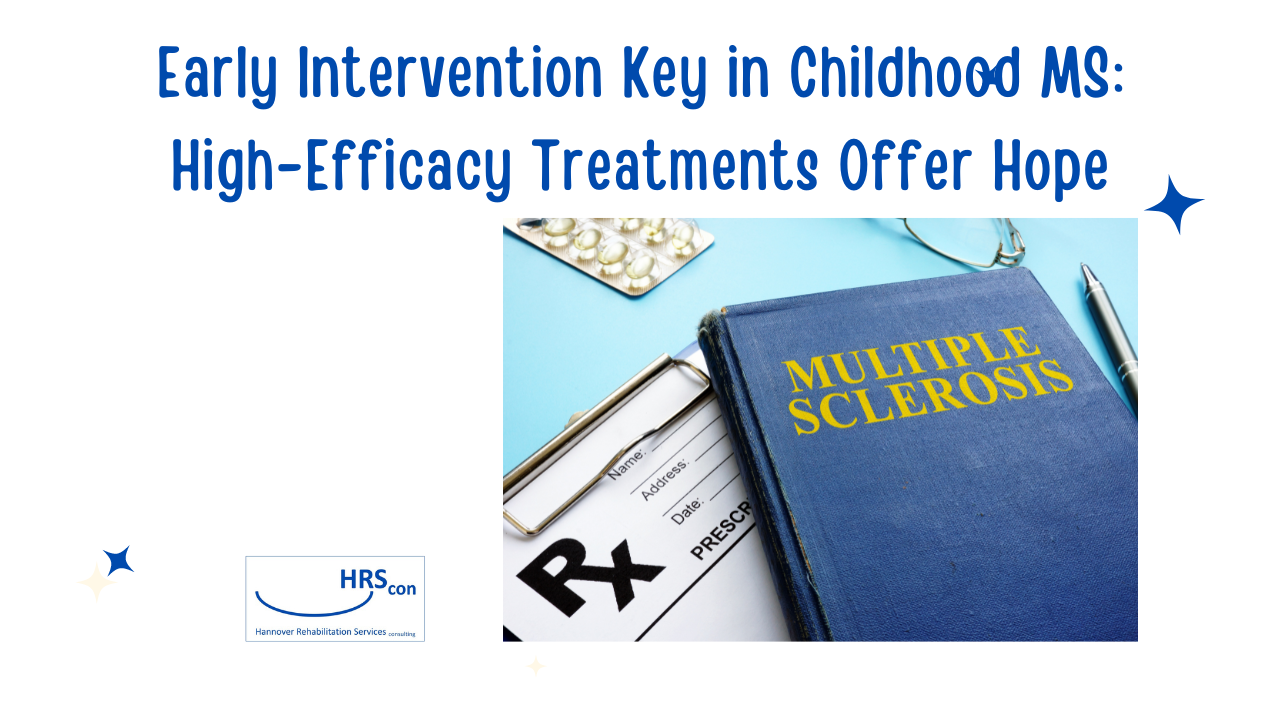Childhood MS: A Growing Challenge
Multiple Sclerosis (MS) is a chronic neurological condition affecting the central nervous system. While typically diagnosed in adults, MS can also strike children. One of the major challenges in pediatric MS is understanding how to best manage disability progression. A new study sheds light on this issue, revealing that high-efficacy disease-modifying therapies (DMTs) can significantly slow disability worsening in children with relapsing-remitting MS.
International Collaboration: Unveiling Valuable Data
Researchers delved into data from two extensive international registries – MSBase and the Italian Multiple Sclerosis and Related Disorders Register. These registries encompass information on thousands of MS patients, including children diagnosed before 18. The study focused on individuals with relapsing-remitting MS, characterized by periods of relapse followed by recovery.
Defining Disability Stages: A Spectrum of Severity
The study utilized a five-level disability scale (Expanded Disability Status Scale or EDSS) to categorize participants. This scale ranges from minimal disability (scores 0-1.5) to gait impairment (scores ≥4.0) and secondary progressive MS. Researchers investigated how different DMTs influenced the transition between these disability stages over time.
Modeling the Disease: Predicting Disability Progression
A complex statistical technique called a “multi-state model” was employed to analyze the data. This model simulates the natural course of MS, considering the likelihood of both disability worsening and improvement. The researchers compared how different DMT categories impacted the course of disability.
High-Efficacy DMTs: Leading the Fight
The study classified DMTs into two groups – high-efficacy and low-efficacy. Encouragingly, the findings revealed that high-efficacy DMTs significantly reduced the risk of disability worsening across all disability states. The most significant benefit was observed in children with minimal disability receiving high-efficacy therapy. Compared to those with no treatment, these children were nearly 60% less likely to transition to a state of mild disability.
Low-Efficacy DMTs: Offering Some Protection
The study also found that low-efficacy DMTs offered some protection against disability progression. Children with minimal disability who received low-efficacy therapy experienced a reduced risk of transitioning to mild disability compared to those who received no treatment.
Early Intervention: Preserving Neurological Function
The study emphasizes the importance of early intervention for children with relapsing-remitting MS. Treatment with high-efficacy DMTs, particularly when initiated during the early stages of the disease, appears most effective in preserving neurological function and preventing disability progression.
Looking Ahead: Building on the Knowledge
Although the study offers promising results, it’s important to acknowledge that individuals with MS were not directly involved in the research design. Further research is needed to explore the long-term effects of these therapies and to continue refining treatment strategies for children with MS.
Overall, the message is one of optimism. High-efficacy DMTs have the potential to significantly improve the long-term outlook for children diagnosed with relapsing-remitting MS. Early intervention with these therapies appears crucial for preserving neurological function and ensuring a better quality of life for these young patients.
Reference: here

